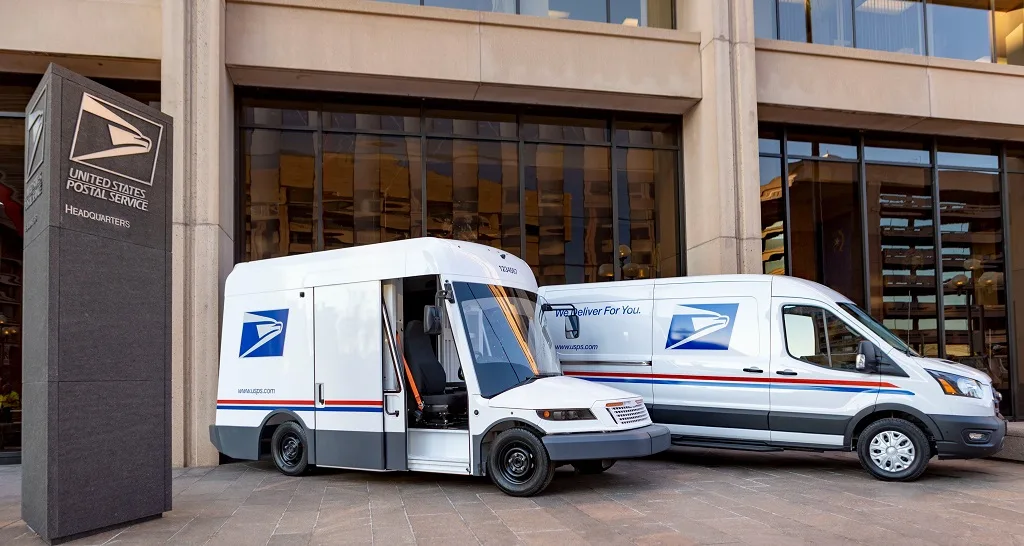The U.S. Postal Service (USPS) has announced a set of fresh sustainability objectives, outlining targets to diminish emissions throughout its value chain and commit to circular economy practices for waste reduction and enhanced recyclability.
These new objectives are in line with the USPS’s ten-year financial sustainability and service excellence plan, Delivering for America, initiated in 2021. The plan aims to reduce operating costs by $5 billion, with strategies such as consolidating regional and local network transportation, optimizing mail movement regionally, reducing air travel, insourcing operations, consolidating facilities, and modernizing infrastructure. The USPS asserts that these measures will significantly cut carbon emissions.
The USPS’s 2030 emissions goals encompass a 40% reduction in Scope 1 and 2 emissions (from fuel and electricity) and a 20% reduction in Scope 3 value chain emissions. Strategies to achieve these targets involve transitioning freight from air to ground transportation, optimizing delivery routes for trucks and carriers, and procuring vehicles with reduced or zero emissions.
In addition to emission reductions, circular economy targets include diverting 75% of waste from landfills, increasing packaging recycled content to 74%, enhancing package recyclability to 88%, and elevating renewable energy usage to 10%.
It also aims to integrate environmental policy requirements into operations and provide training tools aligned with policy and regulatory requirements to all relevant employees.
“The improvements we need to achieve in sustainability are an integral outgrowth of the broader modernization efforts we have undertaken through our 10-year Delivering for America plan,” said Postmaster General and Chief Executive Officer Louis DeJoy. “As we transform our operating processes and invest in new automation, new technologies, and upgraded facilities and vehicles, we will generate significant efficiencies that reduce our costs, minimize waste across all functions of our operations and slash our carbon footprint.”
